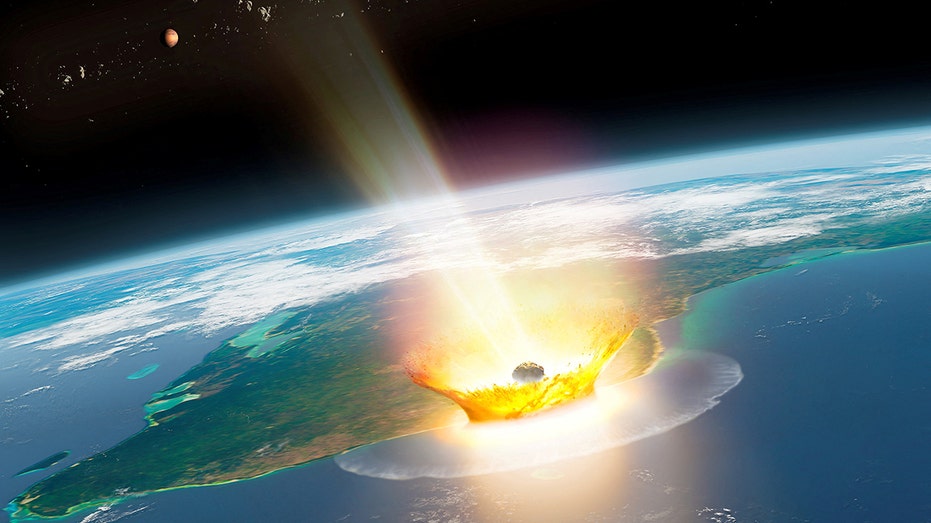20 cheese factory workers injured after chemical spill at New Mexico factory releases toxic gas: police
Twenty people were injured on Monday after a chemical spill at a New Mexico cheese factory released toxic gas, according to officials.
The Curry County Sheriff's Office confirmed the incident to Fox News Digital. Authorities were alerted to the incident, which took place at the Southwest Cheese factory in Clovis, at around 9:15 a.m. on Monday.
When emergency responders arrived, they discovered that a chemical spill had released toxic gas in one part of the factory.
"It was learned that 8.67 gallons of acid spilled and was mixed with .61 gallons of chlorine due to an equipment malfunction," the Curry County Sheriff's Office explained in a press release. "The chemical mixture produced toxic gas that spread in one area of the facility."
HOUSTON CHEMICAL PLANT LEAK KILLS 2, INJURES AT LEAST 35
Sheriff Michael Brockett told Fox News Digital that two of the injured workers were in critical condition. In total, 14 employees were taken to two local hospitals.
Authorities did not release additional details about the severity of the injuries, but some of the ailing workers were moved in private vehicles.
"The Clovis Fire Department Hazardous Materials Response Team was activated and responded to the scene," the press release noted. "New Mexico State Police is coordinating with Southwest Cheese in cleaning the hazardous chemicals."
In a statement to Fox News Digital, Southwest Cheese said that a mechanical failure caused a "chemical overflow," and employees reported "a strong smell" emanating from one of the factory's rooms.
BIOLAB PLANT FIRE: GEORGIA RESIDENTS EVACUATE AS TOXIC SMOKE BILLOWS FROM CHEMICAL-FUELED INFERNO
"The health and safety of our employees is our top priority," the company said. "Our onsite team reacted quickly, following our incident response action plan, closing off the affected area."
"Our key focus is supporting our impacted employees at this time."
According to Southwest Cheese's website, the company specializes in manufacturing hard cheeses and whey products. Its whey products include whey concentrates, which are used in dairy products like ice cream, and whey isolates, which are used in protein bars.
"Using only the freshest milk supplied by our local dairy farmers, Southwest Cheese produces premium cheeses and high quality whey protein powders for our global customers," its website reads. "Each delivery of milk is thoroughly tested for antibiotics and other contaminants. We reject all milk that does not meet our high-quality standards."
Authorities are investigating the incident. No additional details are known at this time.

